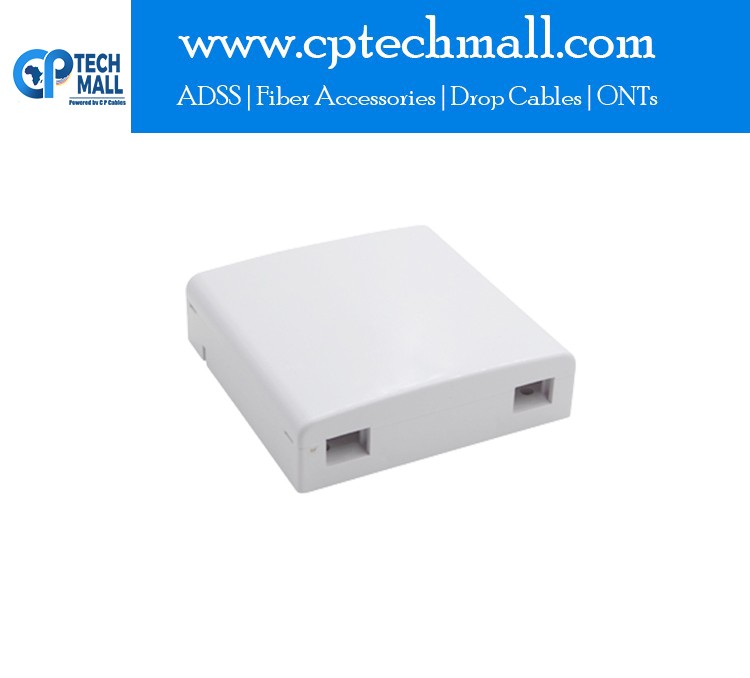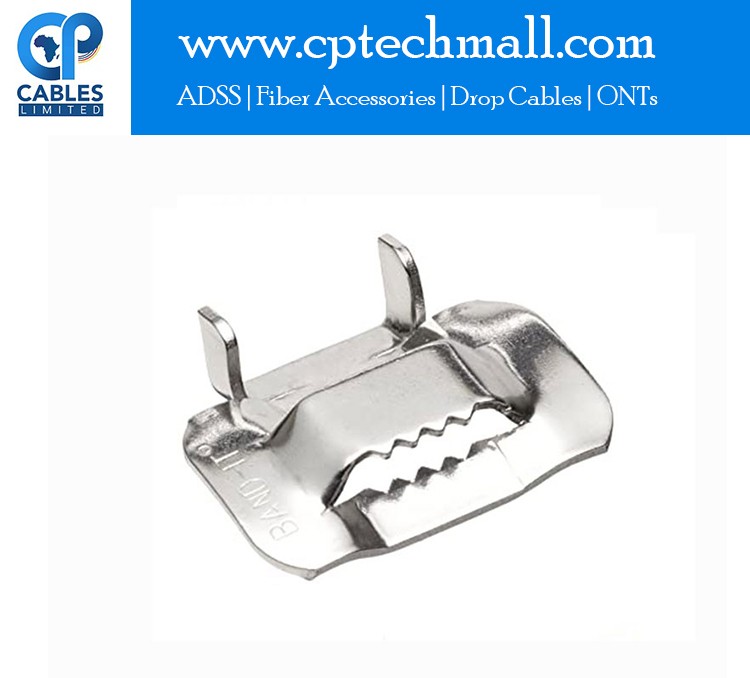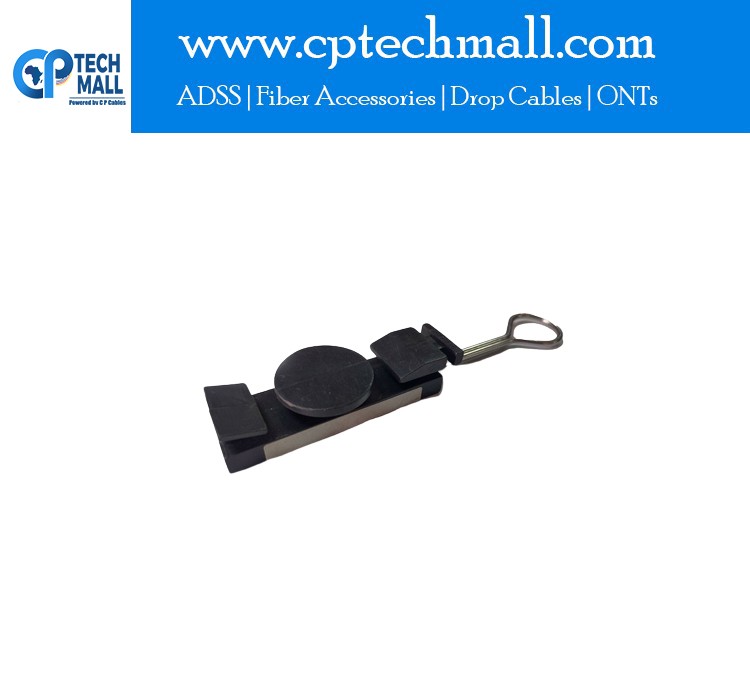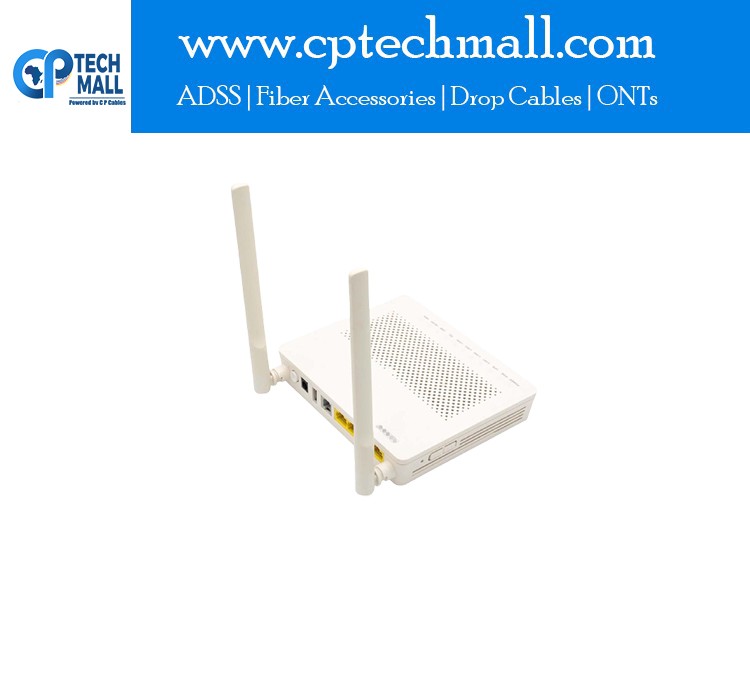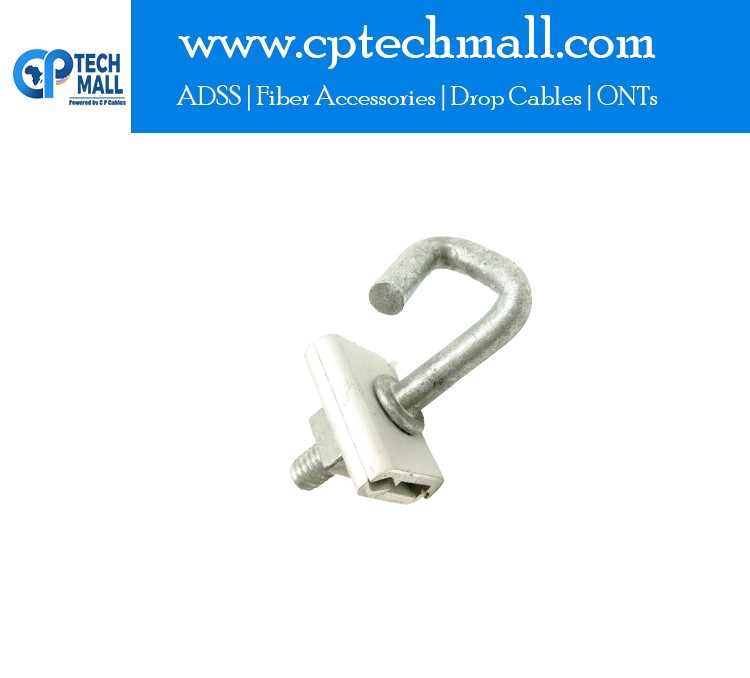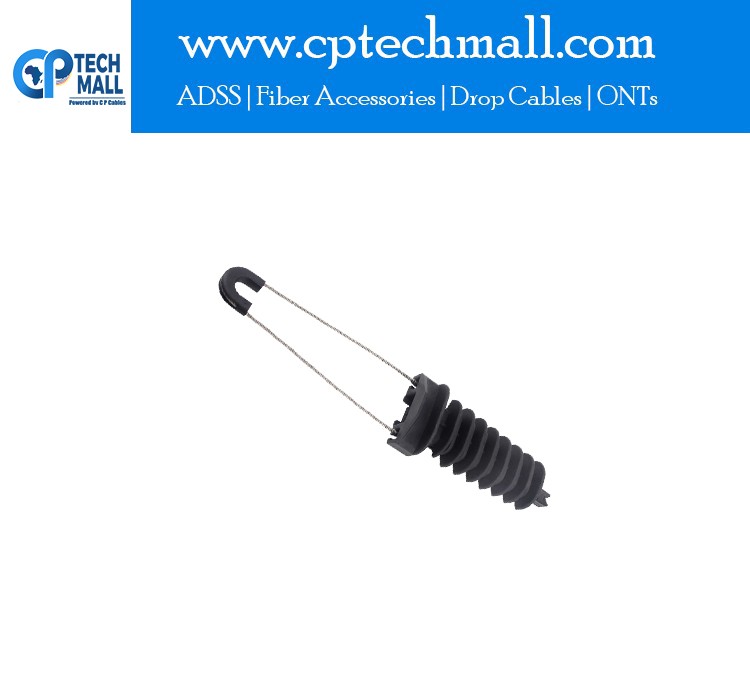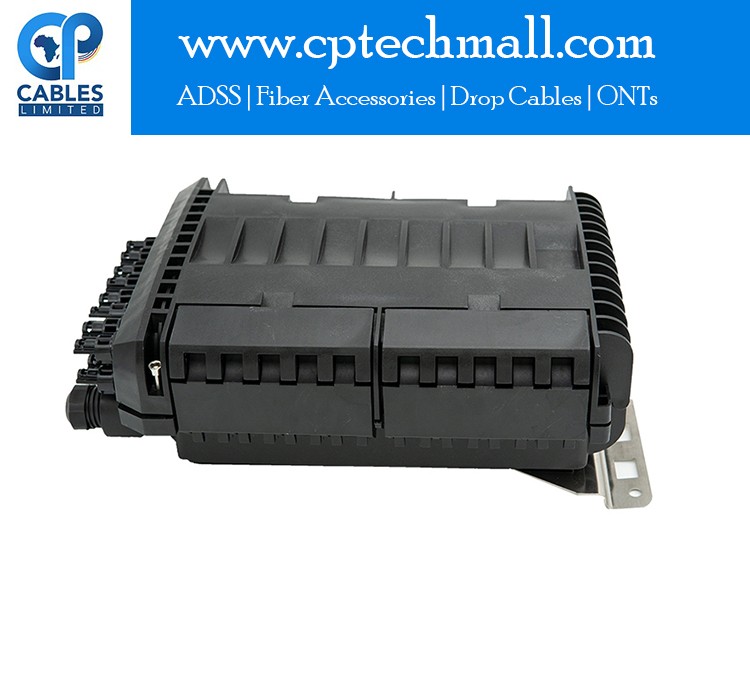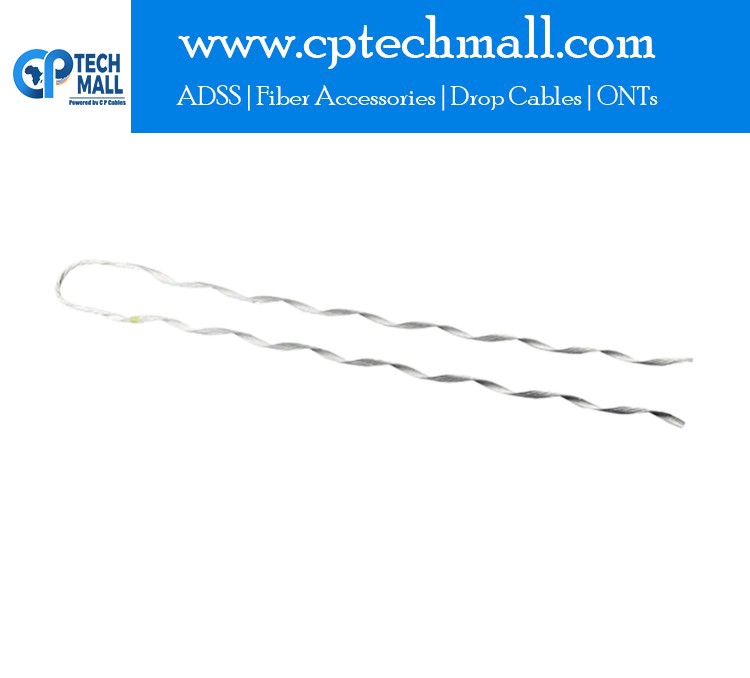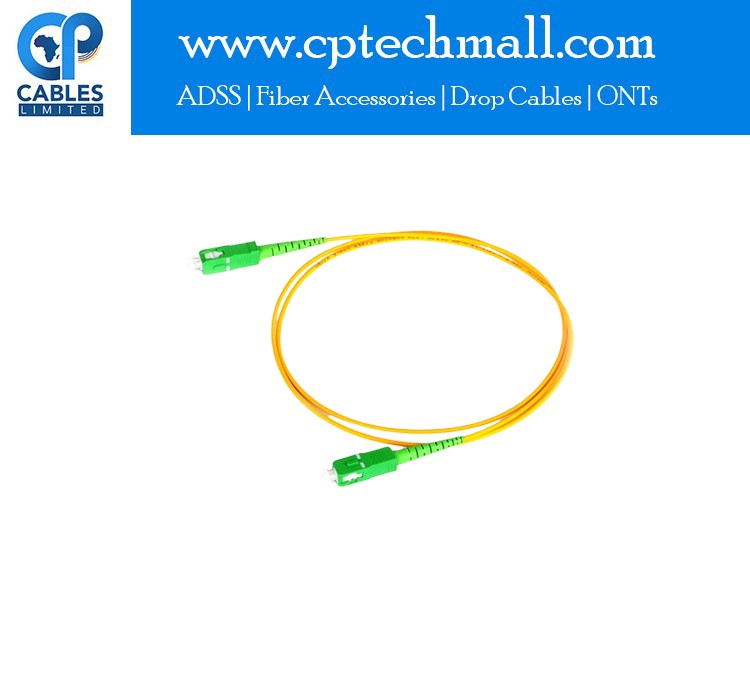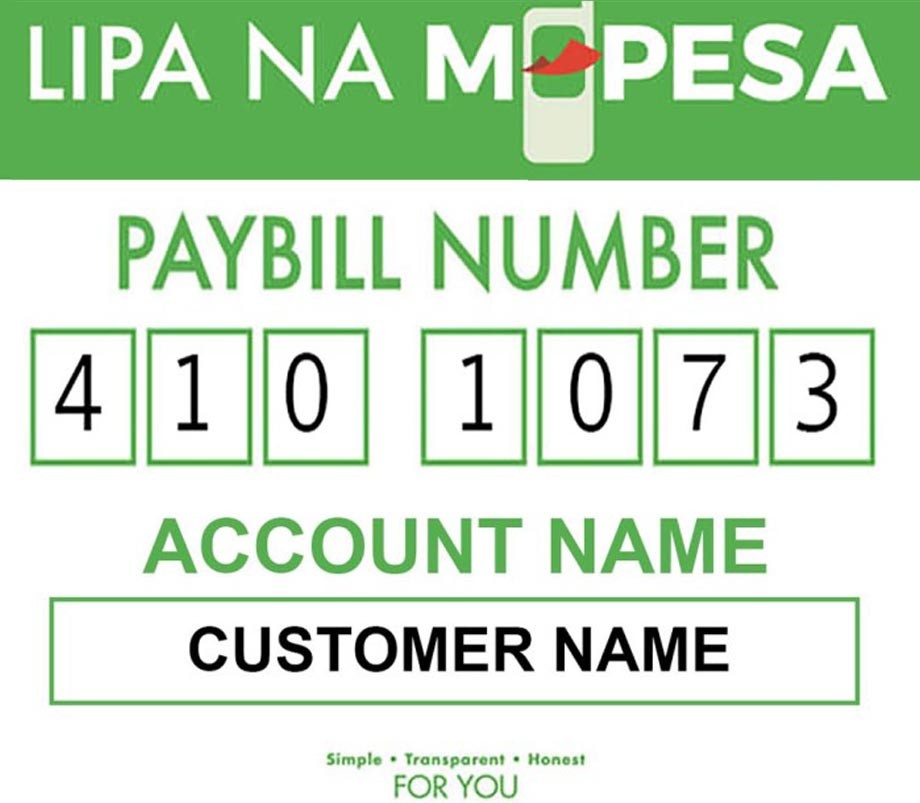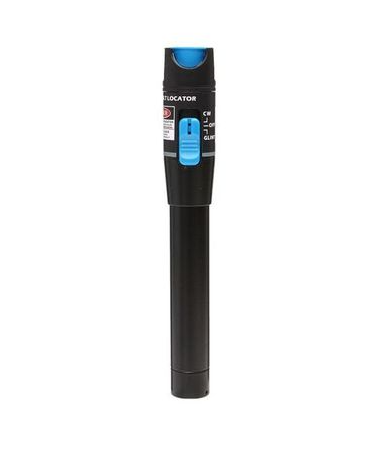

Fiber Optic Visual Fault Locator
(0 reviews)
Sold by:
Inhouse product
Inhouse product
Price:
$. 40.00
/pc
Share:
Top Selling Products
-
Access Terminal Box - Empty ATB
$. 0.45 -
Buckle Clips C201
$. 0.16 -
Anchoring Clamp for FTTH
$. 0.20 -
Fiber Sleeves - 60mm
$. 0.04 -
ONU XPON Router - Long Antennae
$. 19.50 -
J Hook Clamp - Small (8-12 mm)
$. 2.25
Related products
$. 4.00
J Hook Clamp- Big (15-20 mm)
$. 0.20
Anchoring Clamp for FTTH
$. 0.55
Pigtail Clamp
$. 4.00
ADSS Tension Clamps ( PA 1500 )
$. 4.80
J Hook Clamp - Medium (10-16 mm)
Total Visitors
1928
1928
Countries
0
Users
0
Products
0

